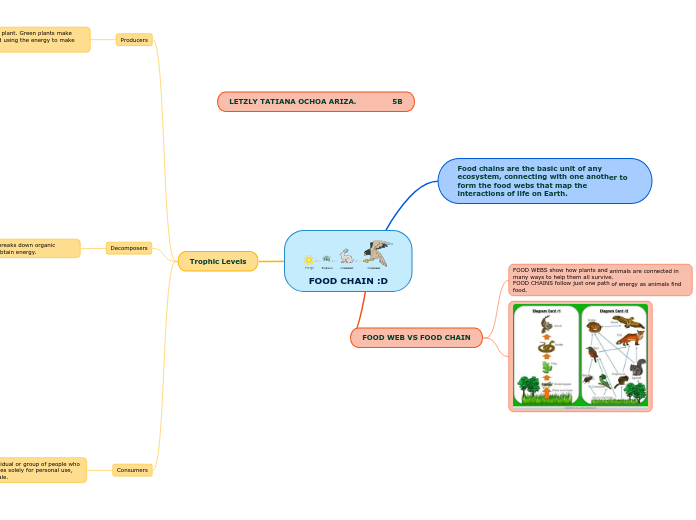by John Lindemann 6 years ago
464
Lindemann - Macromolecules
Macromolecules include proteins, carbohydrates, lipids, and nucleic acids, each playing crucial roles in biological systems. Proteins function as hormones, enzymes, and structural components in tissues such as muscles and hair.









